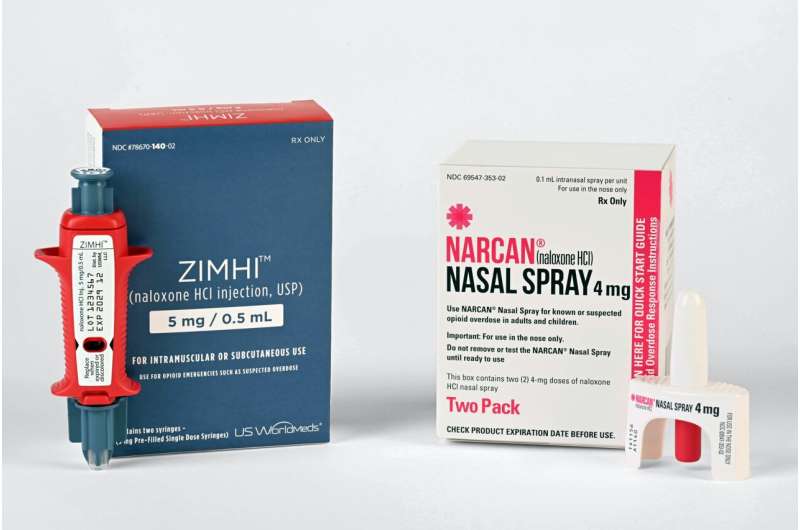Decline in Over-the-Counter Naloxone Sales After Initial Increase

Initial increases in over-the-counter naloxone sales following its 2023 availability were short-lived, with sales declining rapidly and remaining low, impacting efforts to combat the opioid crisis.
Following the nationwide rollout of over-the-counter naloxone in September 2023, a significant initial surge in sales was observed, but this enthusiasm quickly waned over the subsequent months, according to a recent study conducted by RAND Corporation. Naloxone, a critical medication capable of reversing opioid overdoses—including those involving fentanyl—is paramount in combating the ongoing opioid crisis.
In the first month after the medication became available without a prescription, sales peaked, but then rapidly declined and stabilized through most of 2024. Interestingly, a slight uptick was noted in August 2024. Despite the increased accessibility, the total over-the-counter sales remained surprisingly low—only about 7.5% of the quantity sold through prescriptions, highlighting limited adoption.
Research led by Bradley D. Stein analyzed sales data across various states from September 2023 to September 2024. The findings revealed considerable geographic variation, with Western states demonstrating higher sales. On average, 396 units per million residents were sold over-the-counter during this period. The cost for a two-pack of nasal spray naloxone averaged nearly $45, which may have influenced purchasing behavior.
Compared to pharmacy-dispensed and free program-distributed naloxone, over-the-counter sales were modest. Pharmacy-based sales averaged over 7,000 units per million residents in 2023, while free distribution programs accounted for roughly 12,000 units per million residents from August 2022 to August 2024. The high price of over-the-counter naloxone is believed to be a key factor limiting its use.
Despite the low sales volume, the increased availability of naloxone has been associated with a notable reduction in opioid overdose deaths in 2023—the first decline in many years. Experts suggest that further measures, such as improving insurance coverage and increasing retail visibility, could help expand access and save more lives.
The study emphasizes the need to understand factors affecting demand, including the potential impact of insurance policies and retail placement strategies, to optimize the distribution of this life-saving medication.
Source: https://medicalxpress.com/news/2025-09-counter-sales-overdose-reversal-drug.html
Stay Updated with Mia's Feed
Get the latest health & wellness insights delivered straight to your inbox.
Related Articles
Potential Impact of GLP-1 Receptor Agonists on Diabetic Retinopathy Incidence and Outcomes
New research reveals that GLP-1 receptor agonists may slightly increase diabetic retinopathy incidence but could reduce severe eye complications, emphasizing the importance of regular eye screening for diabetics.
Innovative Imaging Technique Tracks Protein Alterations in Cancer Cells Without Dyes
A new non-invasive imaging method using mid-infrared light detects protein changes in cancer cells in real time, advancing personalized treatment assessments without dyes or labels.
Efficacy of Home-Based Hypertension Management in Rural South Africa
A groundbreaking study shows that home-based, technology-supported hypertension management significantly improves blood pressure control in rural South African communities, offering a scalable solution to bridge healthcare gaps.
Innovative Cactus-Derived Treatment Shows Promise for Intractable Cancer Pain Relief
NIH scientists have developed a promising new therapy using a cactus-like plant compound to effectively reduce severe cancer pain, offering hope for patients unresponsive to traditional treatments.



